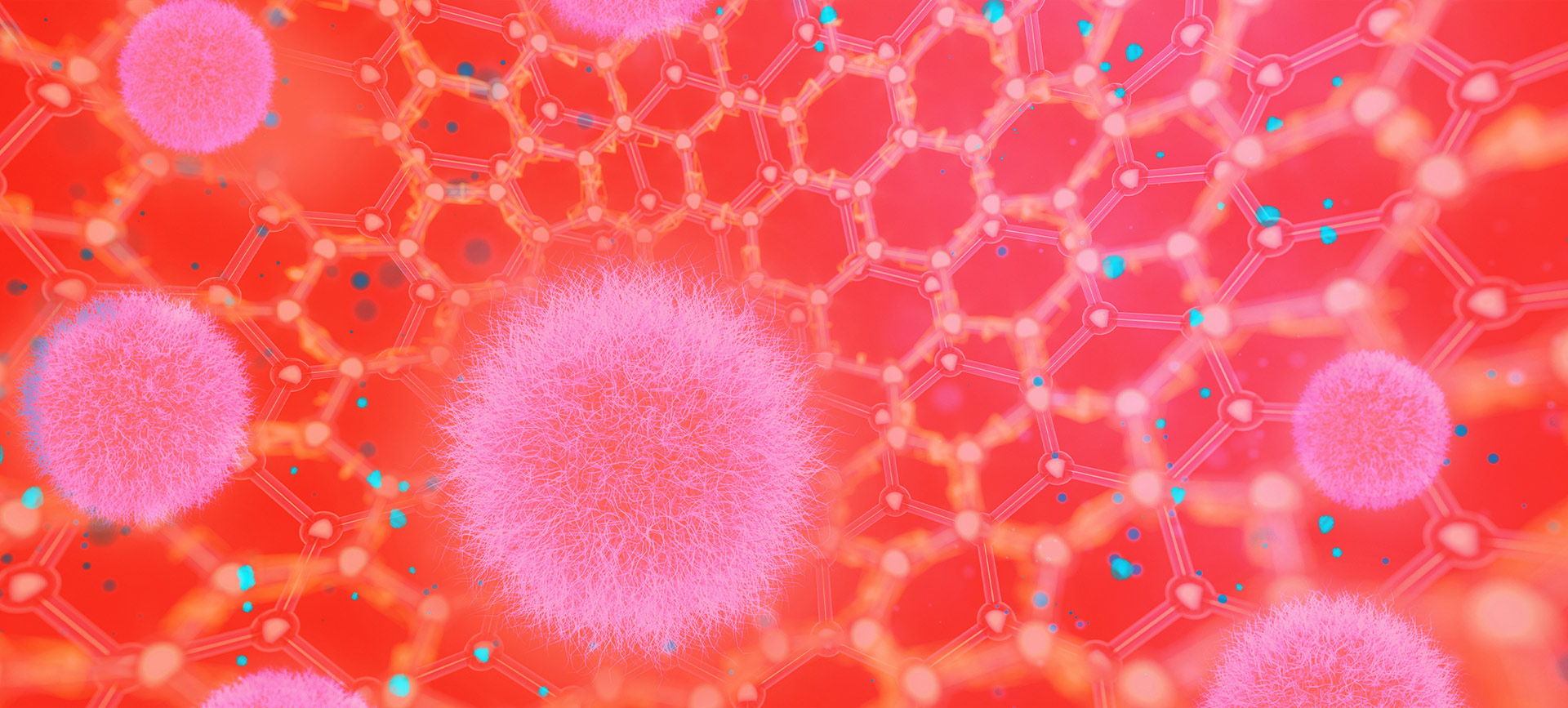Antibiotics have remained a cornerstone of modern medicine since the discovery of penicillin in 1928. For many diseases—including gonorrhea, syphilis and chlamydia—they're the only safe and reliable form of treatment available.
But there's a problem built into how antibiotics work. Antibiotics cure infections by disrupting certain processes in bacteria, either preventing them from spreading, slowing their spread or killing them outright.
Eventually, however, certain bacteria develop mutations, which allow for survival. Those bacteria then split and multiply, spreading between hosts until there's a new generation of treatment-resistant bacteria traveling around the world.
Hook said antibiotic resistance has been building for decades, ever since doctors began treating the disease with penicillin.
"Every five to 10 years has required a change in the recommended treatment," Hook said.
Treatments for gonorrhea over the past few decades provide a good example. From the 1940s to the early '70s, penicillin was the go-to treatment. Over that time period, the recommended dose increased more than a hundredfold before it was finally succeeded by newer antibiotics.










